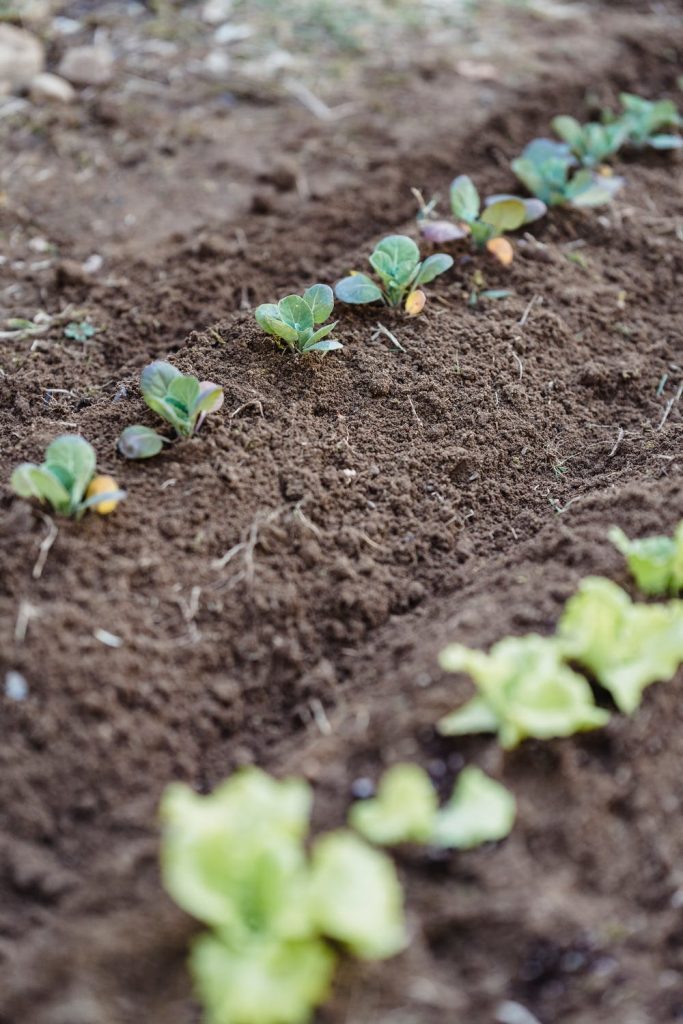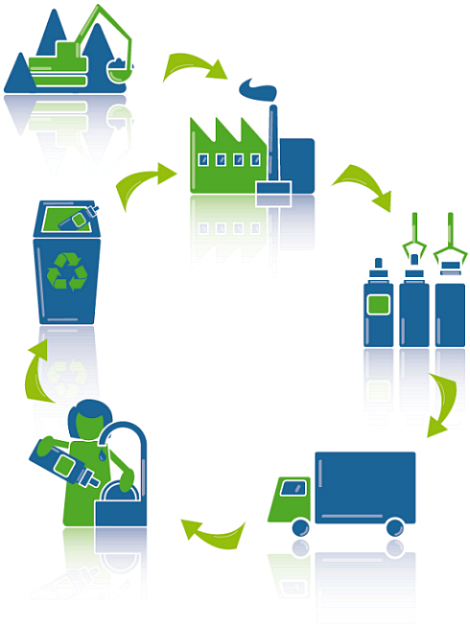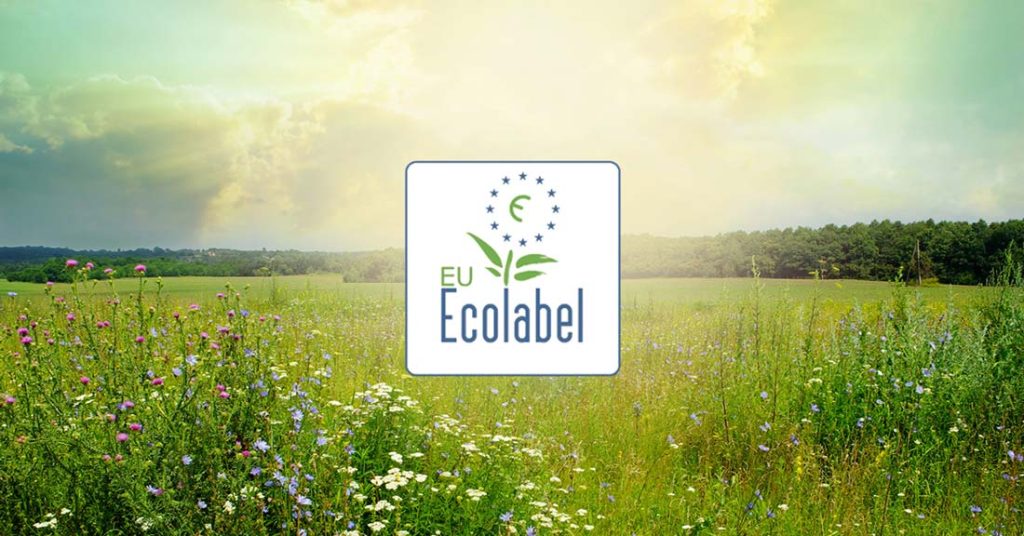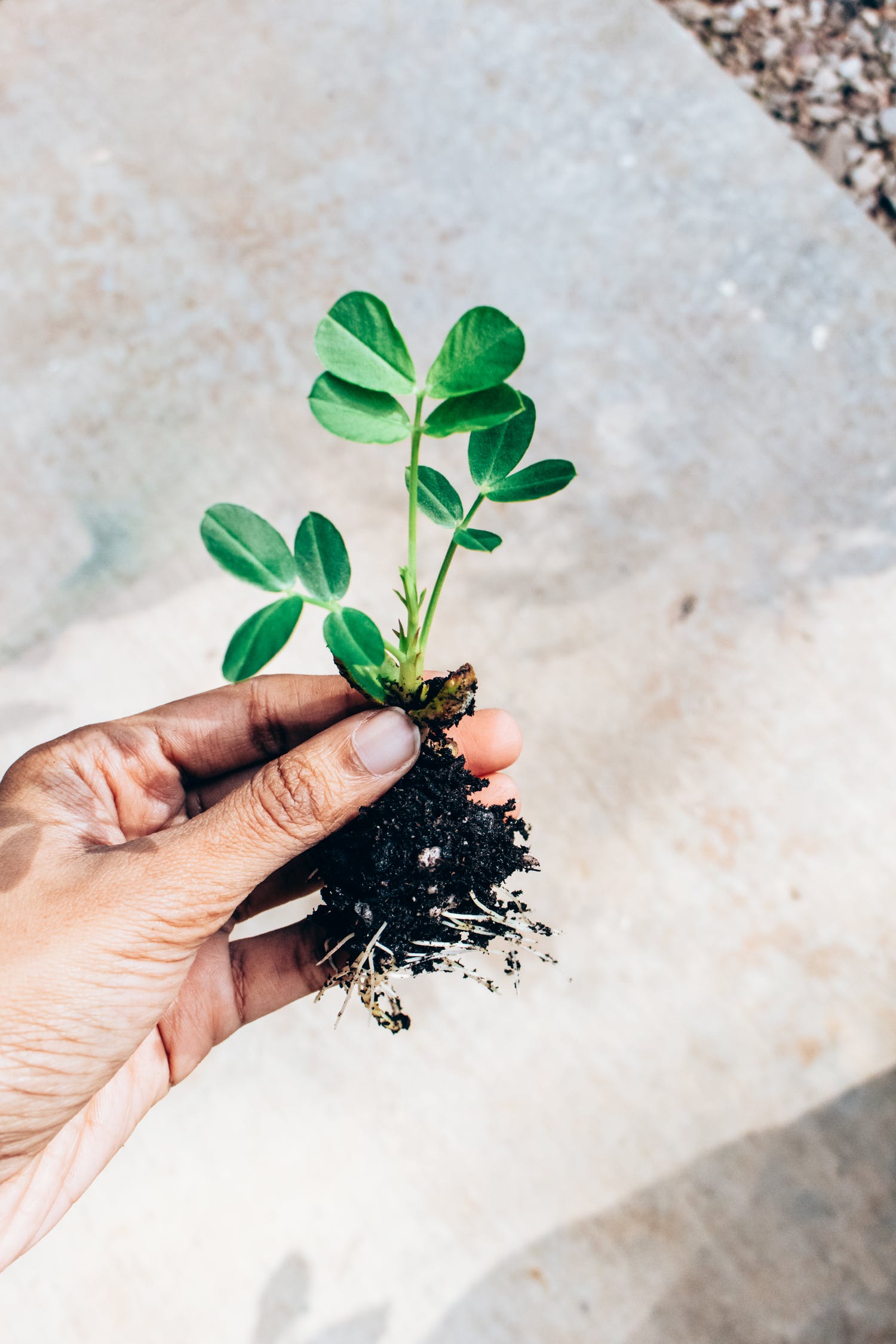The EU Ecolabel is awarded to products (except for food, berverage and medicines) and services with a reduced environmental impact throughout their life cycle.
It allows consumers to make informed choices and choose products or services that are environmentally friendly whilst meeting high performance standards. We are talking about a label of environmental excellence, which aims to promote a circular economy, which therefore generates less waste and CO2 during the manufacturing process. It also encourages companies to develop products that are durable, easy to repair and recycle.

How to get the Ecolabel
The Ecolabel was established in 1992 by Regulation No. 880/92 and is today governed by Regulation (EC) No. 880/92 in force in the 28 countries of the European Union and in the countries belonging to the European Economic Area – EEA (Norway, Iceland, Liechtenstein).
It is a voluntary scheme, therefore manufacturers can directly apply for it. The certification body is an independent public authority that assesses applications on the basis of scientifically defined, Europe-wide ecological criteria.
The certification is valid for three years, and the procedure involves a cost for companies, although, in order to encourage large-scale application, fees are regulated at EU level. In addition, there are considerable facilities for small and medium-sized enterprises.
What are the ecological criteria based on?
The criteria are defined according to the life cycle analysis of the product, “from cradle to grave”. The life cycle of a product begins with extraction – the mining or cultivation of the raw materials, such as cotton (for textiles) or wood (for paper products). It continues with manufacturing and packaging, distribution, use and finally the “end of life” stage, when the product is disposed of or recycled. When developing criteria, the focus is on the stages where the product has the highest environmental impact, and this differs from product to product.

The items to be assessed within the life cycle of a product include air and water emissions, the use of toxic chemicals, waste, energy consumption and energy sources, water usage, environmental safety, noise pollution and the protection of biodiversity. In addition, there are performance-specific and, where required, social and ethical criteria.
Which products are covered by the Ecolabel catalogue?
Currently, ecological criteria apply to 31 product groups of which 29 are goods and 2 are services.
The EU Ecolabel Product Catalogue we can find, for instance:
- Clothing and textiles
- Indoor and outdoor paints and varnishes
- Furniture
- Lubricants
- Paper products (printed paper, stationary paper, etc)
- Personal care products
- Mattresses
- Fertilizers
- Electronic equipment (personal computers, notebooks and tablets)
- Detergents
While regulated services include those related to tourist accommodation and camping.

How many Italian companies are certified?
According to the secondEcolabel newsletter EU Ecolabel newsletter for the year 2021, there are 294 labels currently in force in Italy, covering a total of 13060 products/services, distributed in 18 groups.
The product group with the highest number of Ecolabel licenses in Italy is accommodation (57 licenses).
- This is particularly significant considering that the events related to the pandemic significantly affected the touristic sector and, thus, the number of EU Ecolabels licenses issued.
Next we find the following:
- Interior cleaning services (52 licenses)
- Tissue paper and tissue products (37 licenses).
A geographical analysis also shows a clear prevalence in the North (66.7%), followed by Central Italy with 19.4% and finally the South and the Islands with 12.9% of the total licenses. Three licenses are currently issued to companies based abroad (1%).
The Italian regions with the highest number of EU Ecolabel licences are Lombardy (50 licences), Emilia Romagna (40 licences) and Piedmont (35 licences).

Why choosing Ecolabel?
All in all, why should Ecolabel certified products be preferred?
Simply because, by doing so, we consciously choose to help protect the environment by helping to reduce the use of hazardous substances and the impact of manufacturing processes.
Besides, when choosing an environmental excellence framework, energy and water consumption is reduced while optimising performance and hence, ultimately, saving money.





